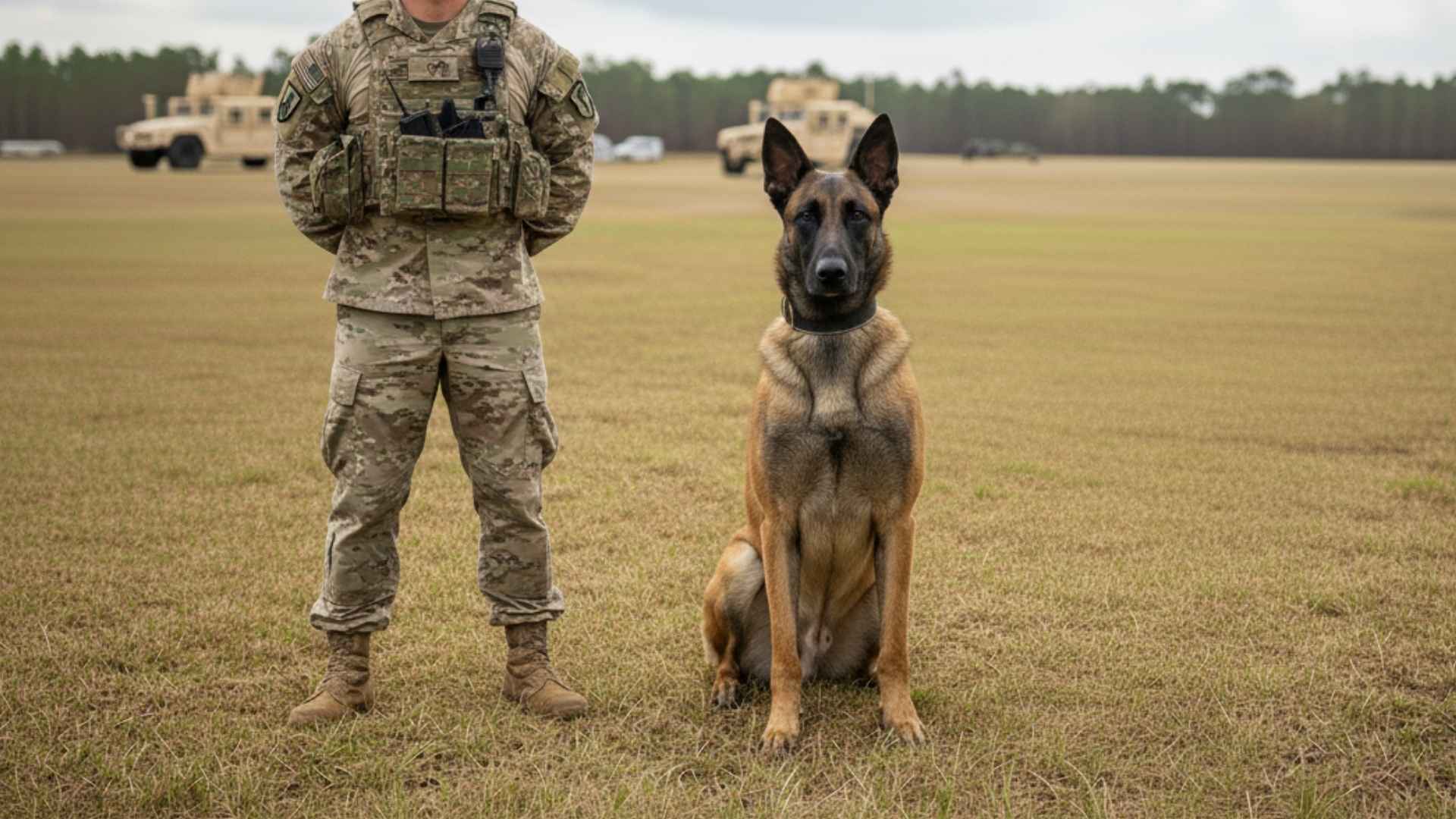Loyalty isn’t just a trait in a dog—it’s a lifeline for those who serve. Across generations, military personnel have relied on loyal dog breeds that stand firm through chaos, courage, and command. From battlefields to rescue zones, these dogs don’t just follow orders—they share the mission.
Their keen senses, protective nature, and unshakable devotion have saved countless lives and strengthened bonds between soldiers and their canine partners. Whether detecting explosives, guiding troops through dangerous terrain, or offering comfort after combat, these remarkable dogs redefine what loyalty means.
Every wag of the tail and every alert bark is backed by trust built through intense training and shared purpose. Exploring the world’s most loyal dog breeds trusted by military forces reveals more than bravery—it uncovers a partnership forged in duty, honor, and heart.
Loyal Dog Breeds Trusted By Military Personnel
1. German Shepherd
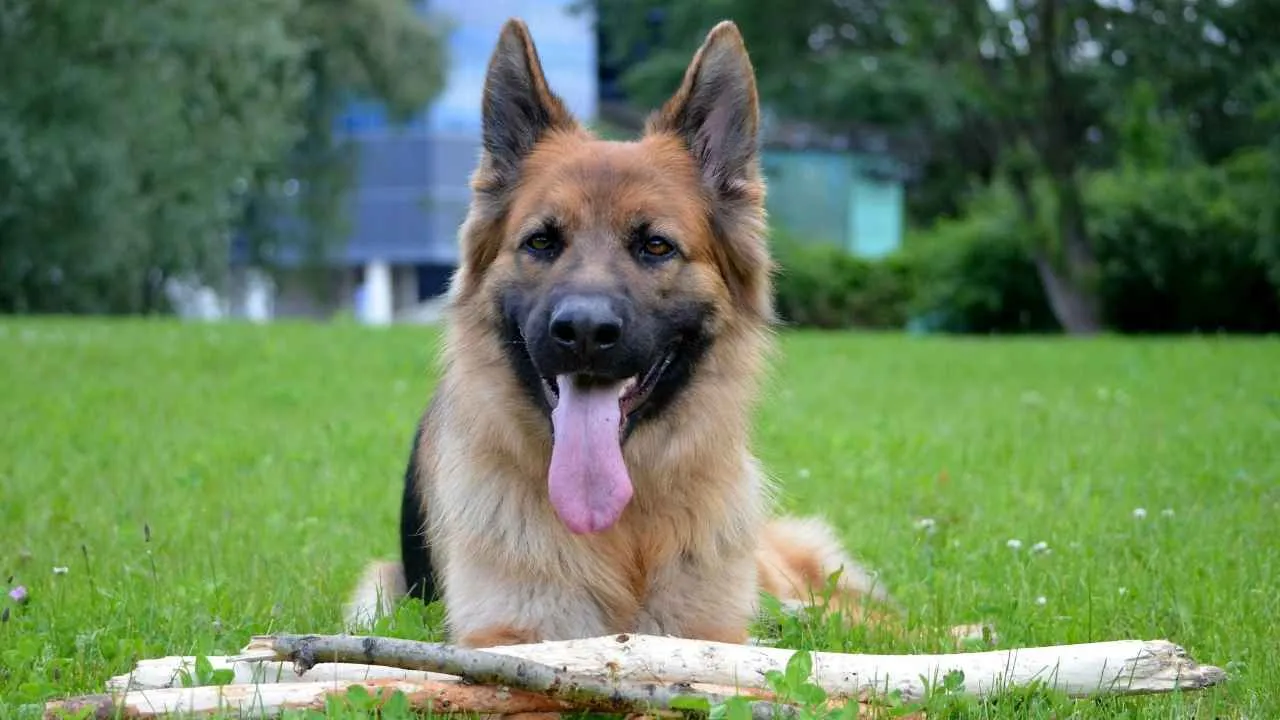
The German Shepherd remains one of the most recognized and respected military working dogs worldwide. Originating in Germany in the late 1800s, their courage and intelligence quickly earned them roles in patrol duties, messenger work, and search-and-rescue missions. Their ability to learn complex commands and remain calm under pressure made them indispensable on the battlefield.
German Shepherds excel in demanding environments due to their adaptability and keen senses. They can detect explosives, track potential threats, and protect their handlers with unbreakable focus. Their balance of intelligence and bravery allows them to handle physically demanding tasks that few other breeds can match.
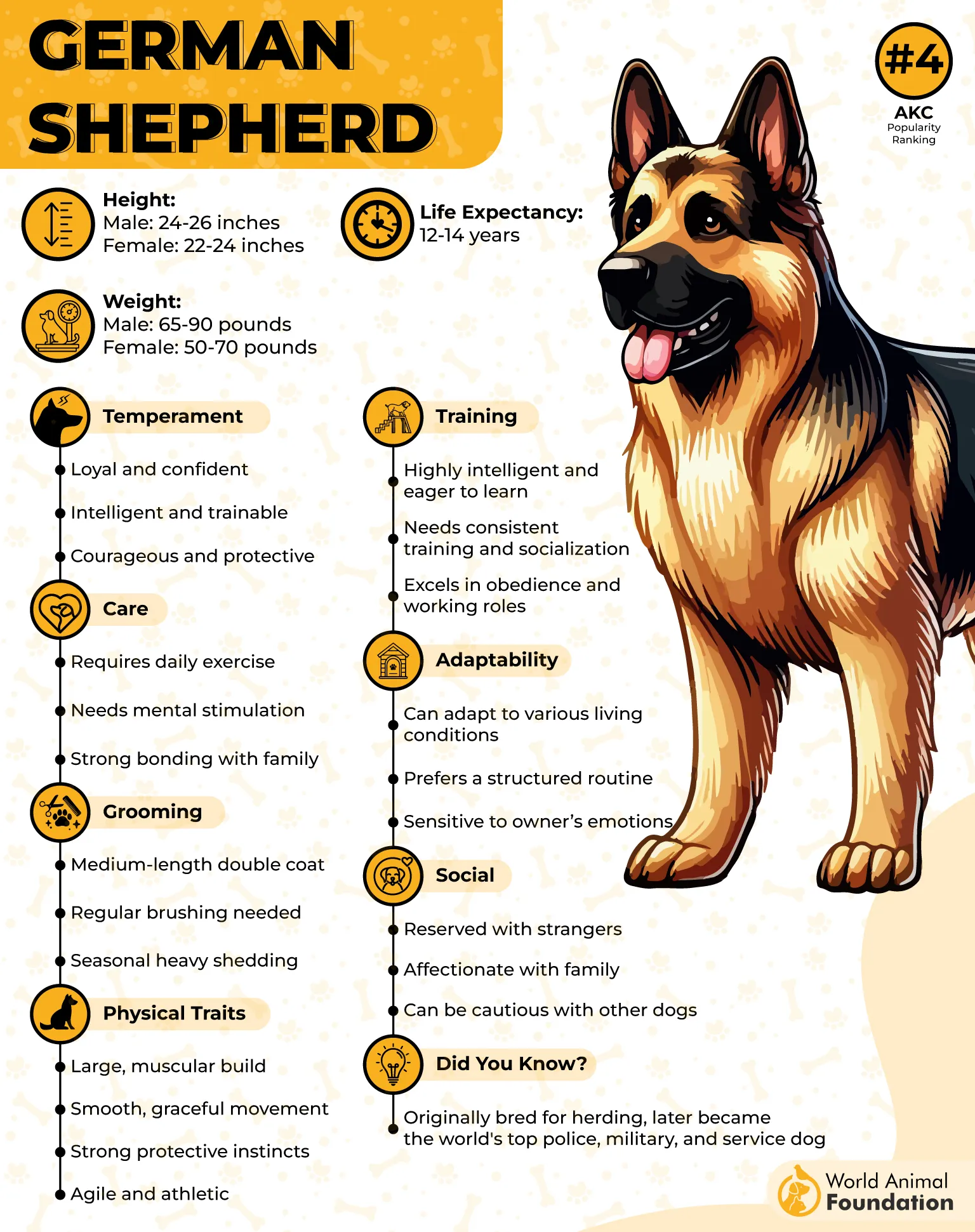
Beyond service, these dogs form strong bonds with their human counterparts. They are among the most loyal dog breeds in the canine world, showing fierce devotion to family and friends. Their protective nature never overshadows their affectionate side, making them both excellent companions and security dogs.
Proper training is key to unlocking their potential. Britannica notes that structured routines and consistent reinforcement help them thrive in both military units and civilian homes. Their obedience and versatility allow them to switch seamlessly between guard duty and family life.
From combat zones to police work, the German Shepherd’s strong work ethic, commanding presence, and tireless drive make them an icon of courage and loyalty. Their legacy in military service continues to inspire new generations of handlers worldwide.
Quick Tips
Begin obedience training at a young age.
Reinforce calm leadership and consistency.
Encourage mental challenges to maintain focus.
2. Belgian Malinois
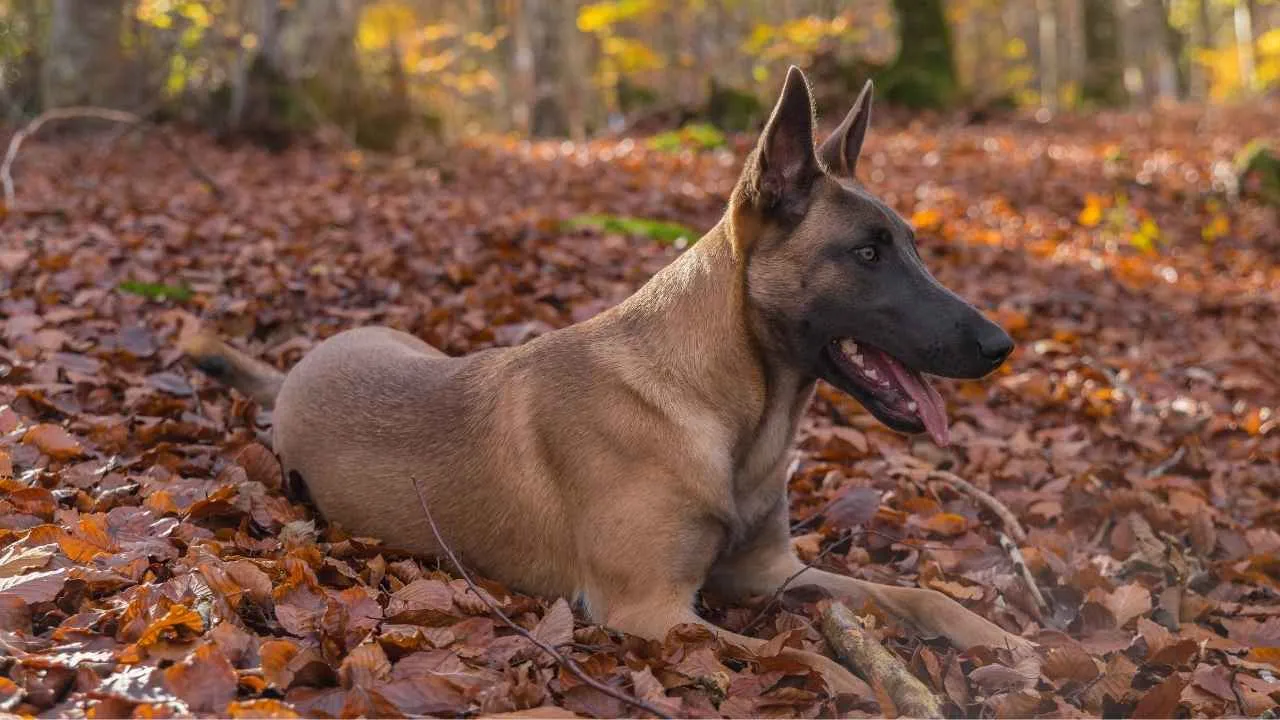
The Belgian Malinois is the gold standard of modern military and police work. As highlighted by the U.S. War Department, they are the only breed currently used in elite military operations, including the mission to capture Osama bin Laden.
Compact yet powerful, they possess speed, precision, and an intense loyalty that makes them invaluable in combat and detection roles.
Their strong sense of duty allows them to follow complex commands even in extreme conditions. Their intelligence, agility, and bite force give them the edge for explosive detection and patrol duties. These dogs have saved countless lives through their keen senses and ability to withstand extreme environments.
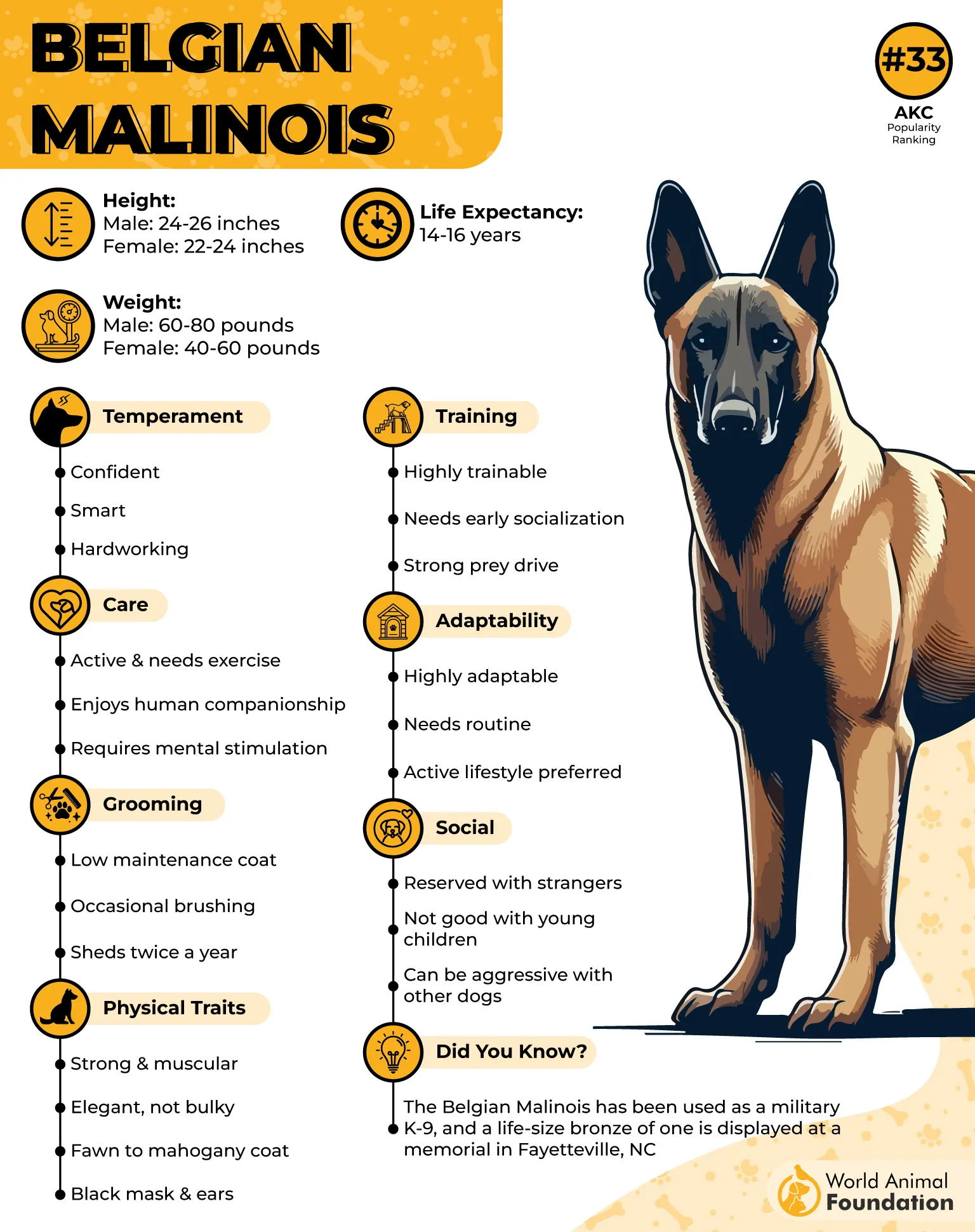
Loyalty is at the core of their character. The Malinois are fiercely devoted, forming deep emotional connections with their handlers, and thrive on shared purpose. Their courage in dangerous military tasks mirrors their affectionate, protective nature at home.
Training a Malinois demands consistent effort and trust. They require mentally stimulating work—detection tasks, obedience challenges, and field exercises—to channel their energy productively.
Respected across modern militaries, Belgian Malinois dogs are true versatile working dogs—sharp, disciplined, and loyal to the end. Their courage and composure have made them legends in the canine world.
Quick Tips
Keep daily training sessions short but challenging.
Provide high-intensity exercise and problem-solving tasks.
Maintain consistent routines to strengthen obedience.
3. Alaskan Malamute
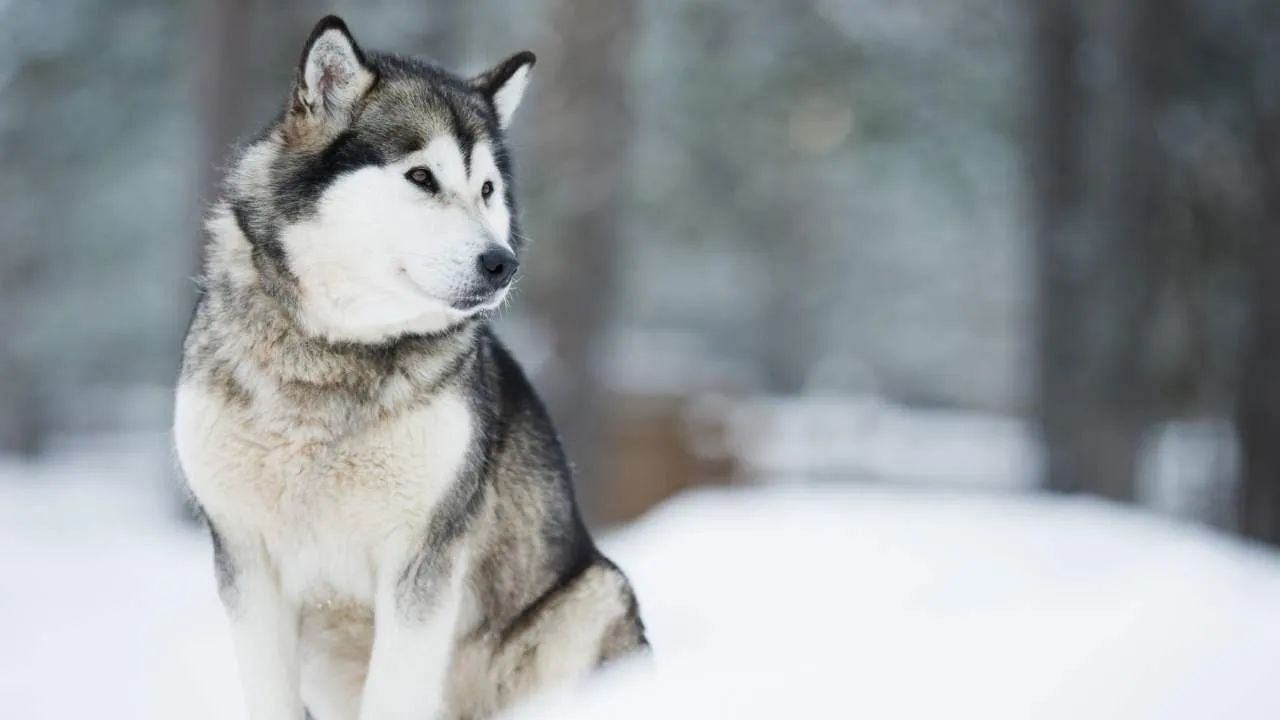
Powerful and dependable, the Alaskan Malamute has a long history of serving in military and rescue missions. Originally bred by the Mahlemut Inuit for endurance work, they became critical assets in Arctic warfare and transport operations. Their ability to haul heavy loads across long distances made them indispensable in harsh, frozen combat zones.
During World War II, Malamutes played vital roles in search and rescue missions, pulling supply sleds and locating trapped soldiers. Their resilience and keen senses allow them to detect human scent through deep snow and withstand extreme conditions without faltering.
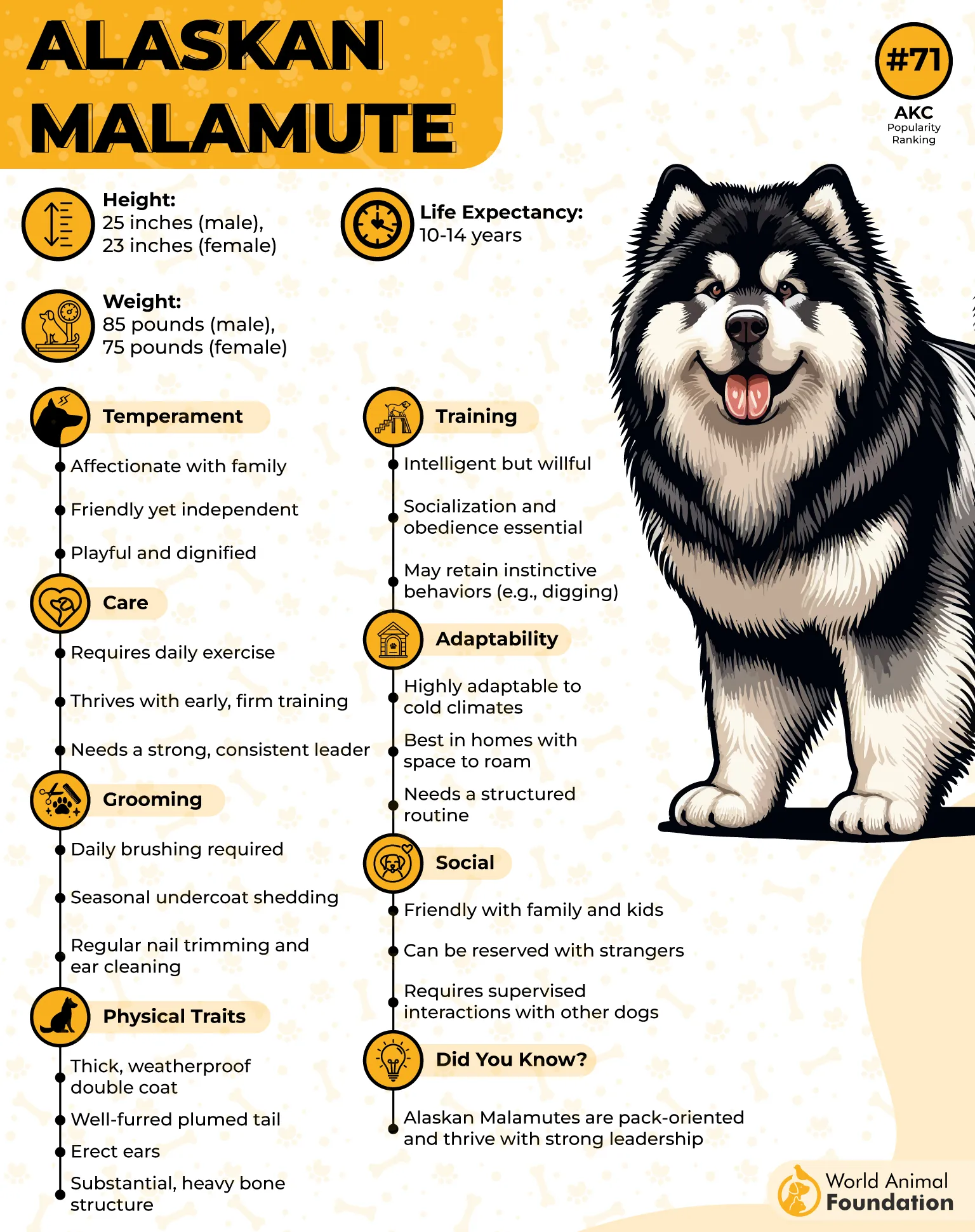
Despite their strength, Malamutes are known for their gentle and friendly nature. They are affectionate and loyal dogs that form strong bonds with family members. Their loyalty extends beyond service, as they make excellent companions for pet parents who value dedication and heart.
Their calm temperament makes them suitable for service work as well. Service Dog Training School notes that with proper training, they perform exceptionally as therapy or assistance dogs due to their patience and reliability.
The Alaskan Malamute exemplifies fierce loyalty and unyielding endurance—qualities that define both their military past and their modern role as family guardians and loyal service companions.
Quick Tips
Build endurance through daily outdoor activity.
Encourage teamwork-based training to strengthen obedience.
Keep them mentally engaged with tracking or pulling exercises.
4. Dutch Shepherd
Agile, loyal, and quick-thinking, the Dutch Shepherd is one of the most versatile working dog breeds trusted by armed forces worldwide.
They were originally bred for herding but later became exceptional at detection and protection in military and police work. Their adaptability makes them invaluable across patrol, detection, and rescue missions.
Their strong work ethic and natural intelligence allow them to follow complex commands in high-stress situations. Dutch Shepherds are prized for their ability to remain composed during explosive detection and search operations—tasks that demand precision and focus.
Their loyal and affectionate temperament makes them ideal family protectors as well. PetMD explains that they bond deeply with their handlers, showing both fierce loyalty and a calm, friendly nature at home.
Training is most effective when it’s structured yet varied. They excel with positive reinforcement and clear communication, responding enthusiastically to purposeful, challenging activities.
In both military and civilian life, the Dutch Shepherd’s courage, intelligence, and versatility embody the qualities of a truly loyal working dog. Their dedication under pressure has earned them admiration across modern militaries and families alike.
Quick Tips
Incorporate obedience and scent work into playtime.
Maintain regular routines to support discipline.
Offer mental challenges to sustain engagement.
5. Doberman Pinscher
Athletic, alert, and fiercely loyal, the Doberman Pinscher is a dog built for both discipline and devotion. Originally bred in Germany in the late 19th century, this breed quickly gained a reputation for intelligence and precision on the battlefield. Their speed and strong work ethic made them reliable messengers and guards during wartime operations.
Dobermans were among the first breeds used extensively in military service, known for protecting soldiers and detecting threats in combat zones. Their agility, endurance, and strong sense of duty made them essential to search-and-rescue and patrol tasks across physically demanding environments.
In addition to their bravery, Dobermans are celebrated for their unwavering loyalty. Their intense devotion to their handlers makes them one of the most emotionally bonded breeds in the canine world. They thrive when forming deep, consistent relationships with their human counterparts.
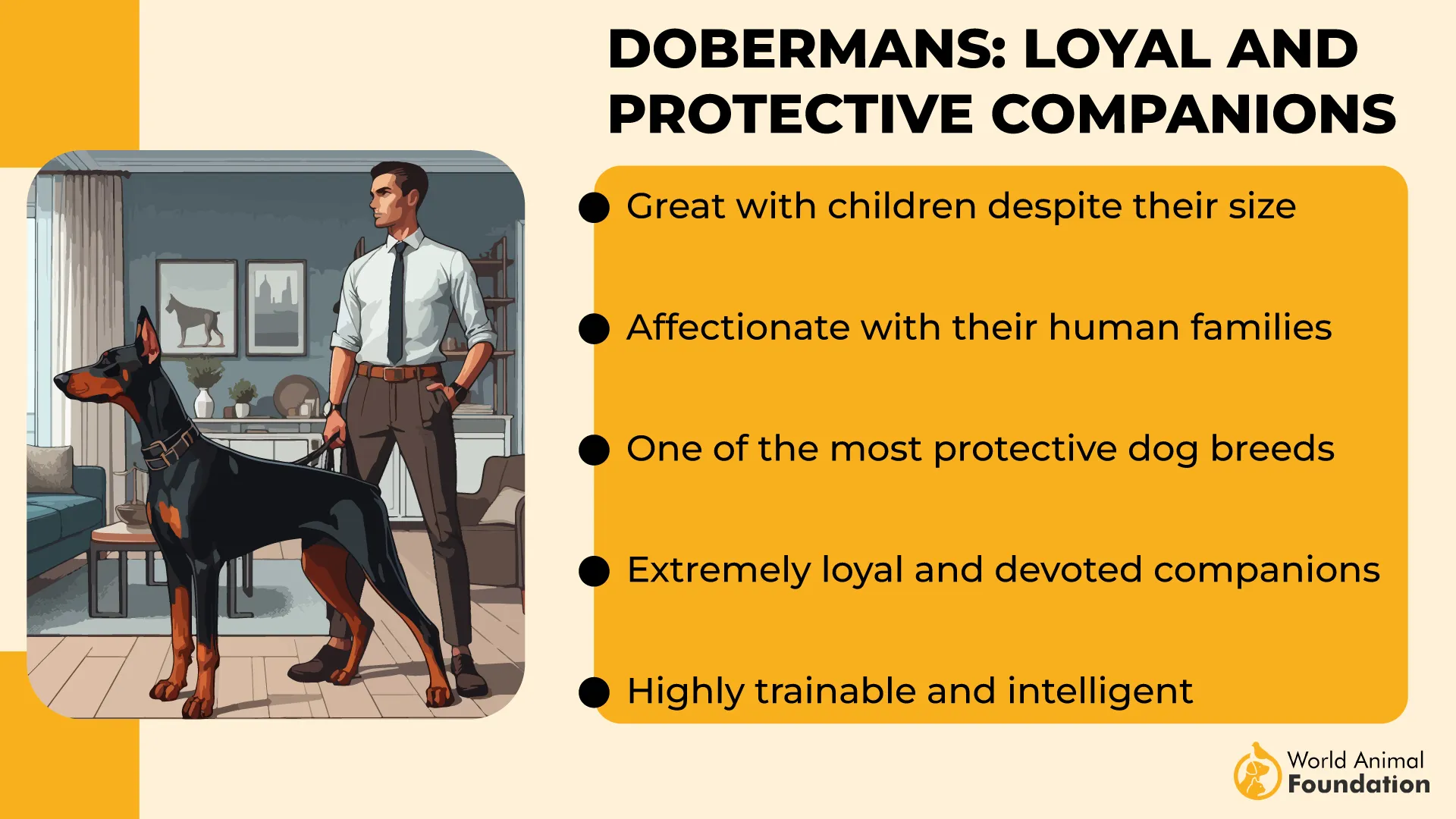
Their alert nature makes them outstanding guard and security dogs. Dobermans can follow complex commands and maintain focus in stressful conditions, showcasing a combination of precision and composure that few breeds can match.
From their service in World War II to modern security roles, Dobermans embody courage, intellect, and loyalty—qualities that continue to earn them trust among armed forces and families alike.
Quick Tips
Maintain consistent training and clear leadership.
Provide daily mental and physical challenges.
Encourage calm focus through structured routines.
6. Boxer
Energetic, loyal, and full of personality, the Boxer has served alongside soldiers for over a century. Originally bred in Germany, their blend of strength, stamina, and affection made them both capable messengers and morale boosters during wartime. They earned widespread military recognition during World Wars I and II for their courage and adaptability.
The Boxer is often ranked among the top military dog breeds for its bravery and strong sense of duty. Their ability to follow commands under pressure made them exceptional in messenger and patrol roles—where their speed and agility often meant the difference between success and failure.
Despite their tough appearance, Boxers are affectionate and people-oriented. Their gentle nature with families and strong loyalty toward children make them excellent companions outside their working life.
As the US Boxer Association records, the breed nearly disappeared during the early 20th-century conflicts but was revived thanks to its undeniable versatility and good-natured temperament. Their loyal, courageous spirit has since made them one of the most trusted dogs in both service and home environments.
Boxers are naturally protective, combining a friendly nature with a strong work ethic. Their ability to remain alert yet affectionate allows them to excel as both excellent guard dogs and devoted companions.
Quick Tips
Use positive reinforcement to balance energy and focus.
Include agility or obedience exercises in play.
Keep routines steady to maintain calm behavior.
7. Rottweiler
The Rottweiler is one of the world’s oldest and most respected working breeds, tracing its origins to ancient Roman legions. Known for incredible bite force and intense loyalty, Rottweilers were bred to guard, herd, and protect both soldiers and supplies. Their commanding presence made them trusted protectors throughout history.
In modern service, Rottweilers remain a key asset in police and military operations. They adapt quickly to demanding environments, performing exceptionally in bomb detection and security missions.
Their loyalty to handlers is legendary. Rottweilers form strong bonds with their human counterparts, often displaying fierce loyalty and protective instincts. They respond best to calm, confident leadership and consistent training routines.
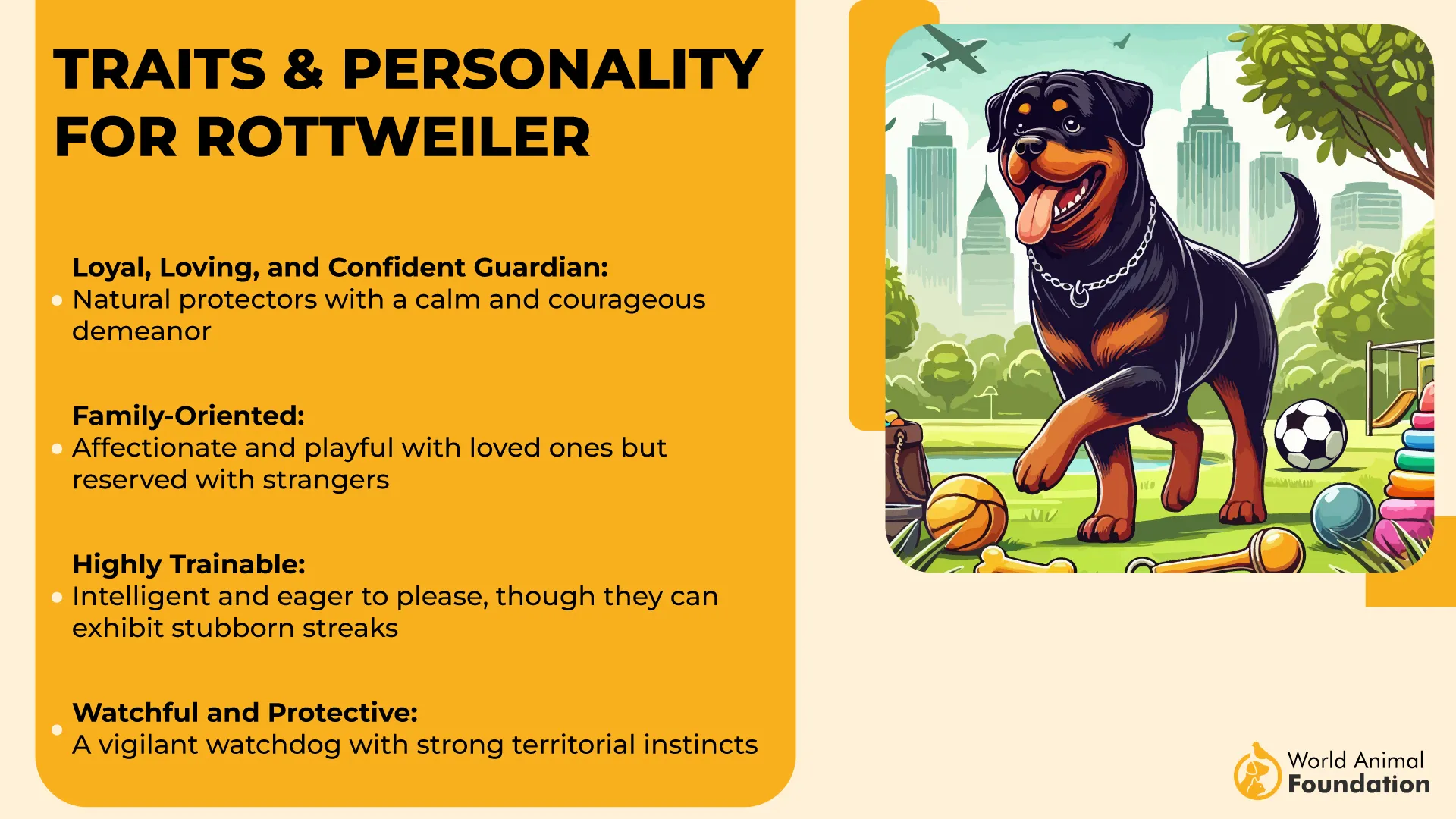
Beyond the field, they show remarkable affection. They are gentle and display a friendly nature with family once properly trained—proving that their intimidating stature hides a big heart.
Respected across the canine world, Rottweilers blend power, intelligence, and intense loyalty into one versatile working package. Their courage and devotion make them as reliable in combat as they are loving at home.
Quick Tips
Reinforce early obedience and socialization.
Provide strength-building activities and mental challenges.
Keep training firm yet fair to strengthen trust.
FAQs
Are military dogs only used for combat?
No, not all dogs serve in combat. Many also assist in security operations, message delivery, and explosive detection, proving their reliability in multiple roles across various environments.
How are military dogs trained for high-pressure missions?
They undergo specialized training from a young age to handle challenging environments and high-stakes missions. This helps them stay calm, alert, and highly responsive even in dangerous environments.
Can former military dogs adapt to home life?
Yes, with emotional support and structured routines, these four-legged companions adjust well. Their calm demeanor and high intelligence make them wonderful family service dogs and canine companions.
What makes military dogs different from regular pets?
They’re more than just pets—they’re reliable partners trained for critical missions. Their sense of smell, discipline, and high energy levels allow them to perform tasks like locating hidden explosives or aiding rescue teams.
Do military dogs serve in non-combat roles?
Absolutely. They’re used for patrols at military bases, security checks, and emotional support for troops, excelling in various capacities, including messenger dogs and explosive detection dogs.
Conclusion
Across the world’s military bases, these four-legged heroes have proven themselves as trusted breeds in various military roles. Through specialized training and unwavering focus, they handle high-pressure situations, perform security operations, and detect hidden explosives with unmatched precision.
Their high intelligence, calm demeanor, and ability to adapt to challenging environments make them reliable partners in critical missions. Whether supporting Navy SEALs in raids like the Osama bin Laden’s compound mission or offering emotional support after high-stakes missions, these dogs exemplify courage and devotion.
Other dog breeds, such as the Labrador Retriever, Staffordshire Bull Terrier, and Cane Corso, continue to serve in various capacities, showing that true loyalty and bravery often come on four legs.


